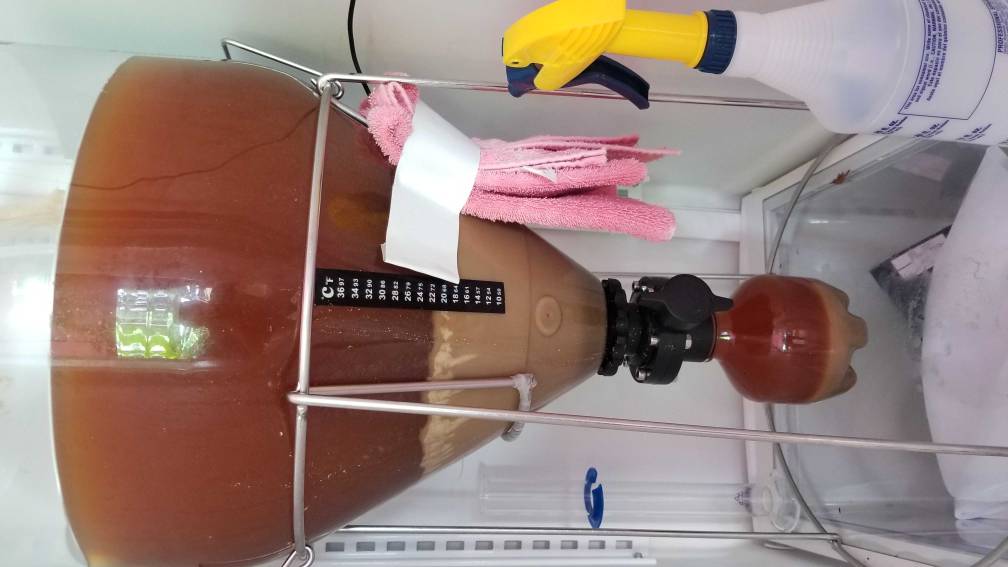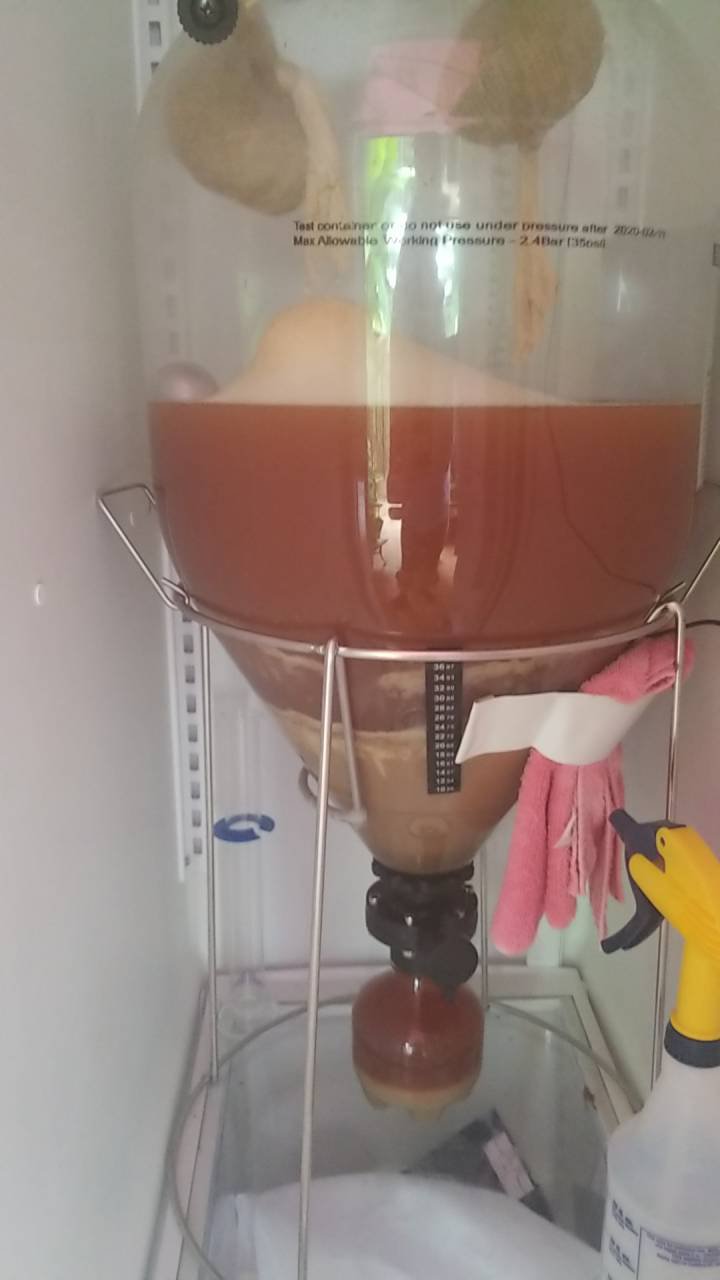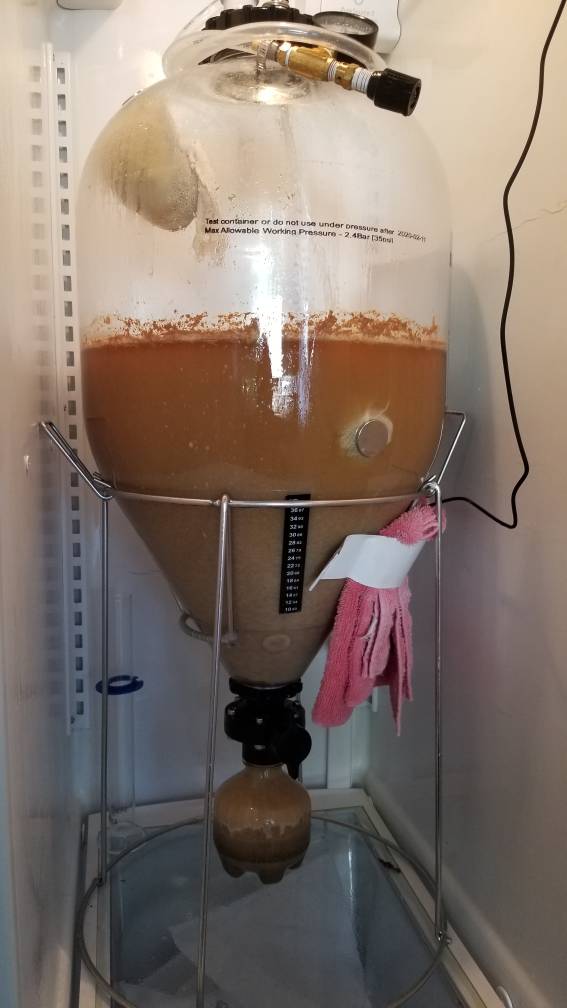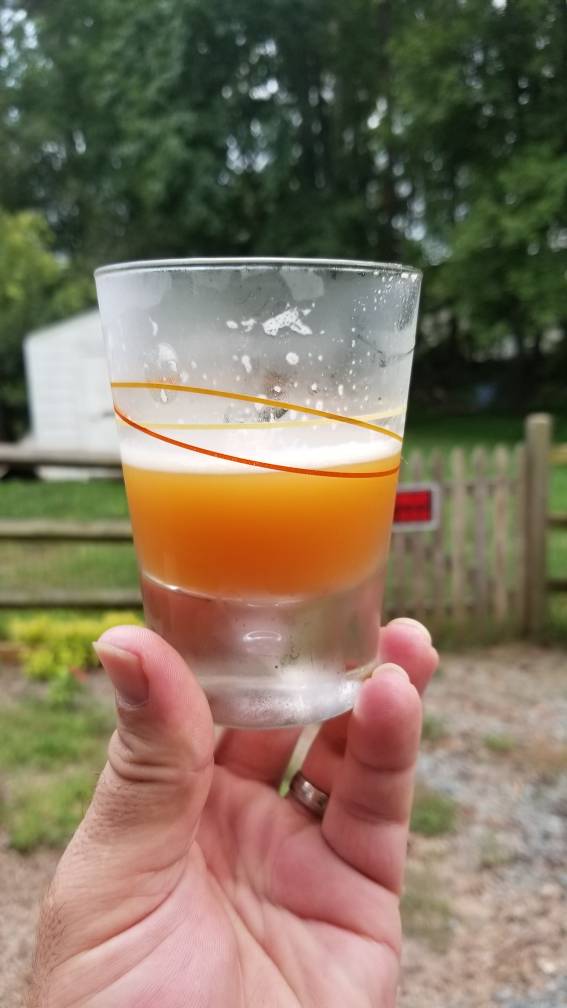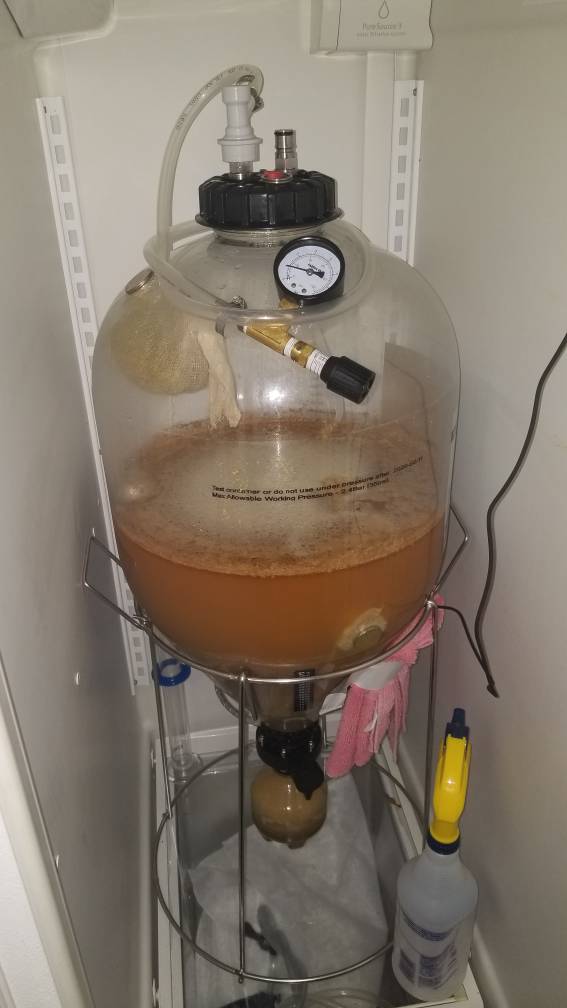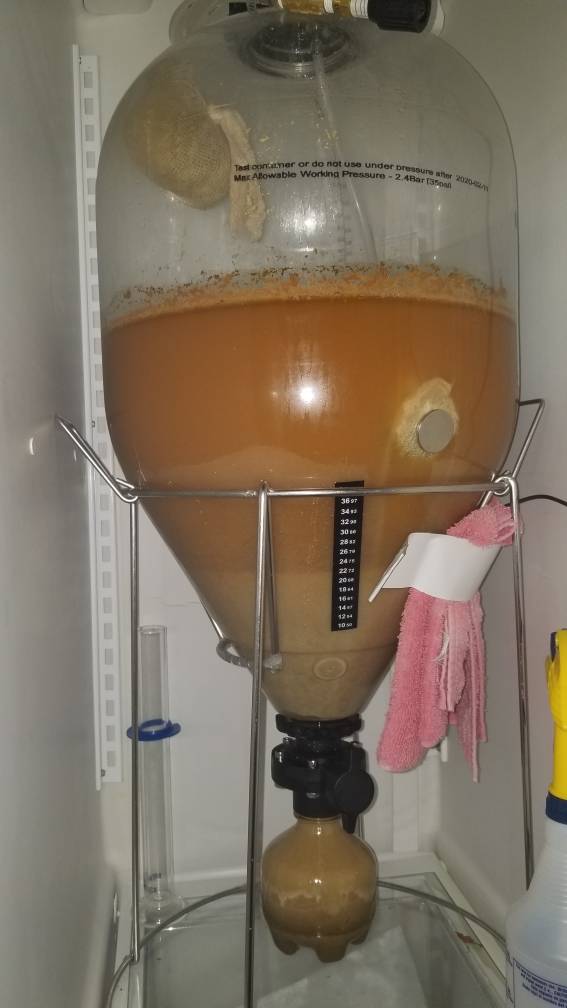Update...
Seems to be fine guess I am paying way to much attention to it
View attachment 583531
Nah....you'll know you're paying too much attention to it when you pull up a chair just to watch.
I don't know what fermenting under pressure does to krausen, but I've never done that--though I do close off the fermenter toward the end of fermentation to let the beer self-carb.
You don't have to ferment under pressure to "keep it sealed off." Most people--I'd say 99 percent or more--will typically use an airlock to isolate the inside from the outside, and use Star-San or Vodka in the airlock to provide a barrier to any nasties that would want to enter. The yeast produce prodigious amounts of CO2 during fermentation, and that will bubble out of the airlock.
To be honest, I'd reduce the internal pressure unless you have a specific reason for wanting to ferment under pressure.
************
OK, your first brew. I'm sure it'll be beer. I remember my first one vividly. There seems like so much to learn!
If I may, let me make a few suggestions. First, at the outset, simpler is better. Brewing isn't rocket science, but neither is it simplistic. The fewer moving parts in recipes, process, etc., the less there is to go awry, as you learn to pull all the levers in the proper sequence.
Second, I believe an excellent approach for new brewers is this: every time you brew, try to do something better. You'll find the process becomes easier, and the effectiveness of the brew day will improve. Continuous quality improvement. For instance, next time, you might focus on how you oxygenated your wort prior to pitching. (The bare minimum is to vigourously shake the wort to try to mix air into it. Yeast need oxygen to build cell walls when they reproduce, and at the beginning of fermentation oxygen is not your enemy, it's your friend. After fermentation is complete, oxygen is your enemy.
Third, I personally think doing a starter is a little bit of a stretch for a new brewer. Dry yeasts work remarkably well, and you can even just sprinkle them on top of the wort. You can rehydrate them before pitching, but even dry at the pitch they work.
Anyway, welcome, and ask your wife to post a pic of you sitting on a chair in front of your fermenter, watching it.



